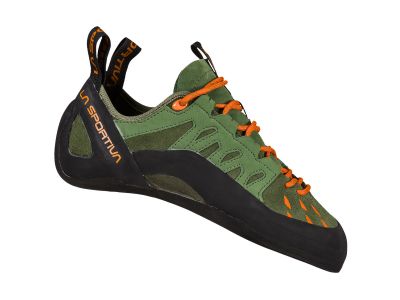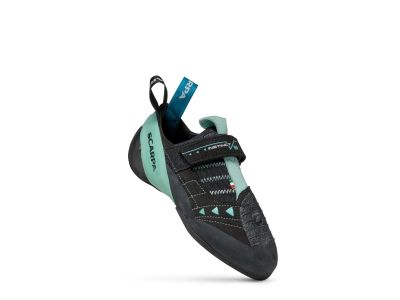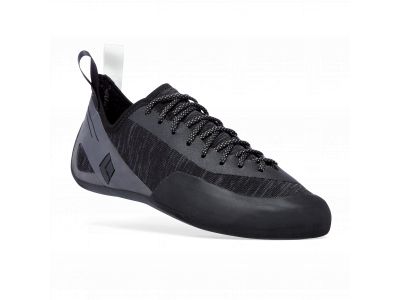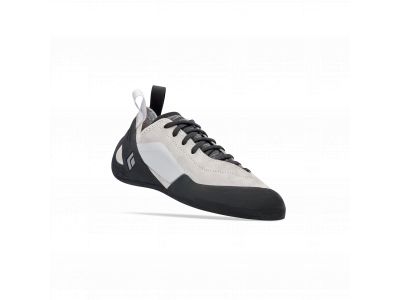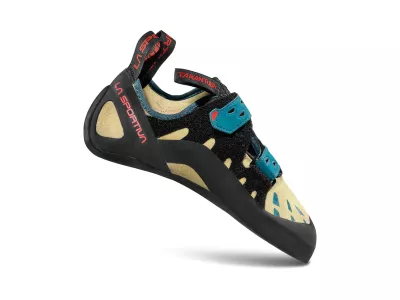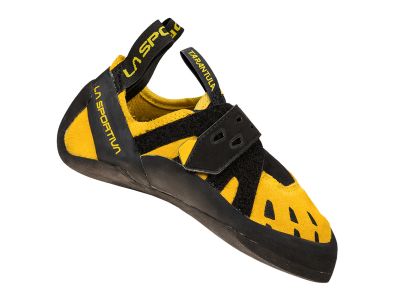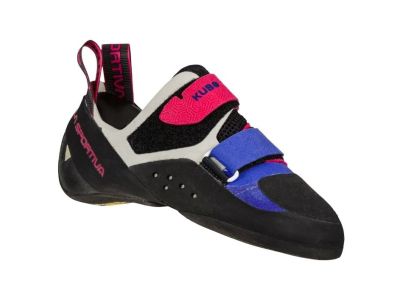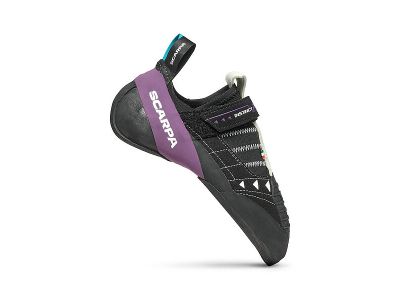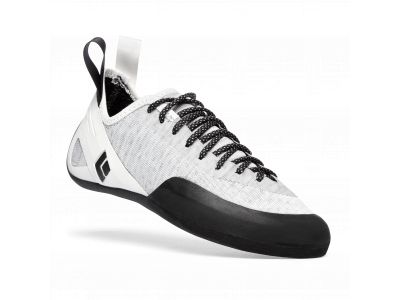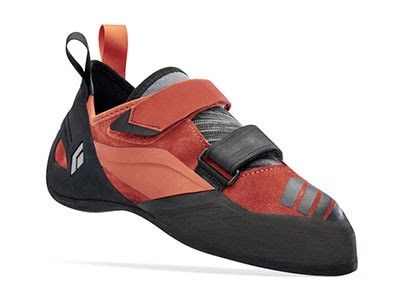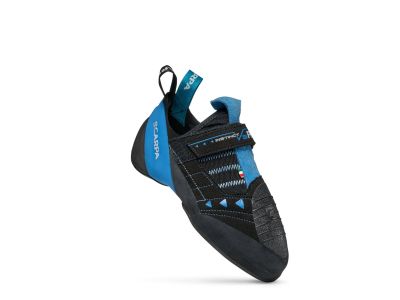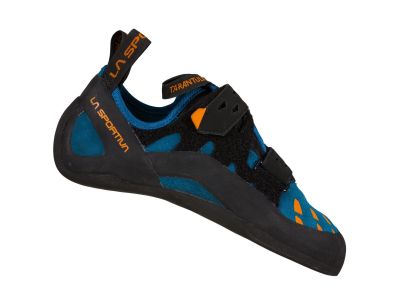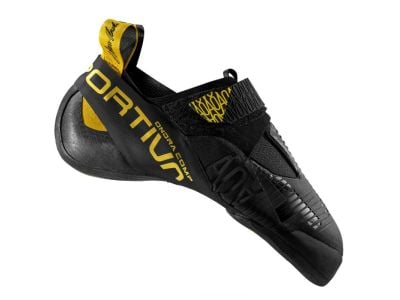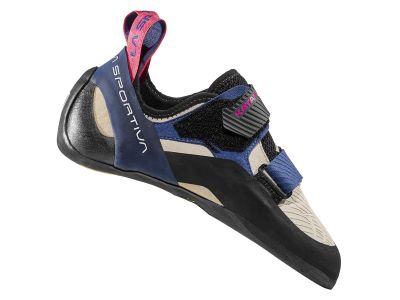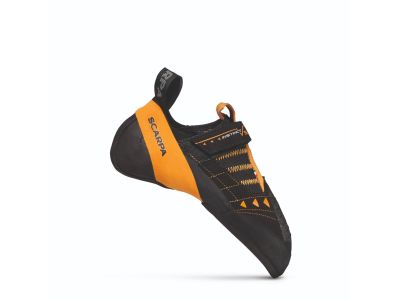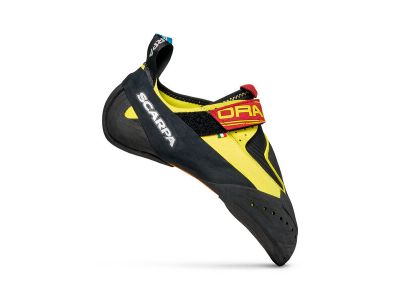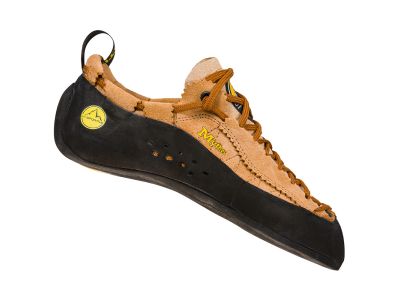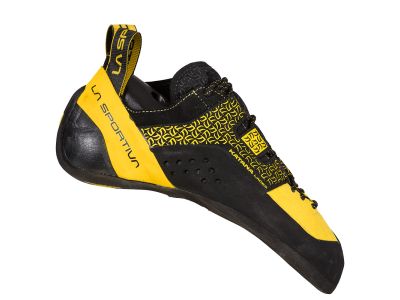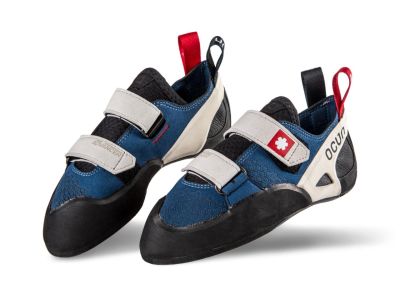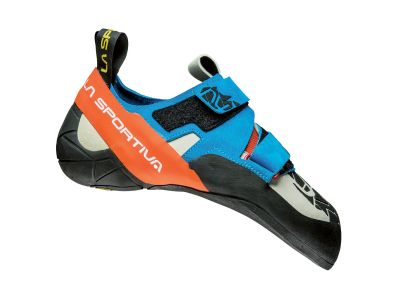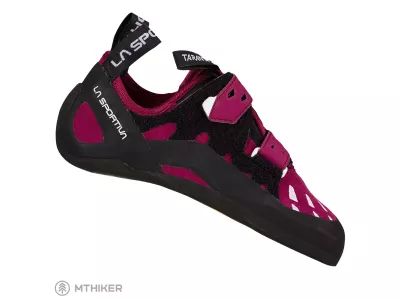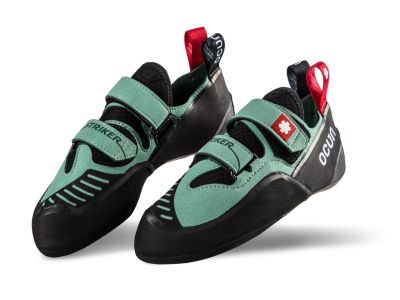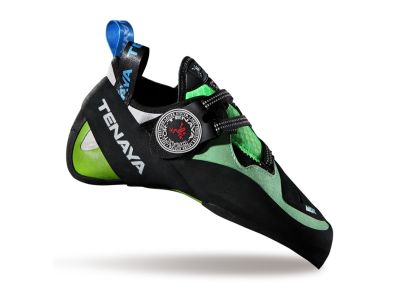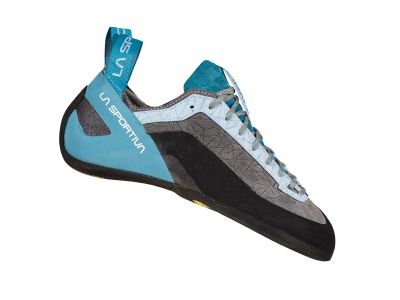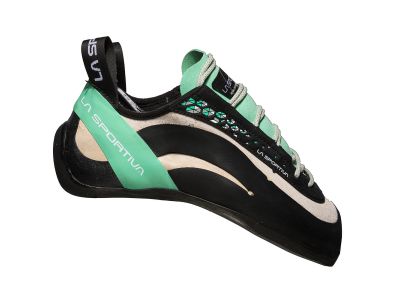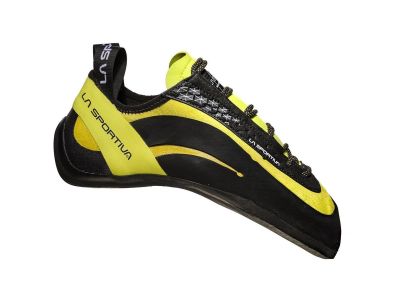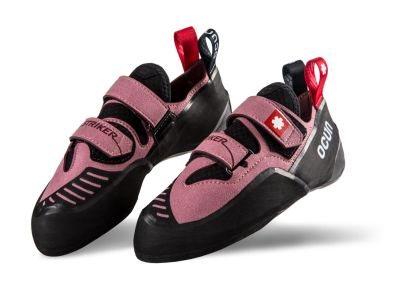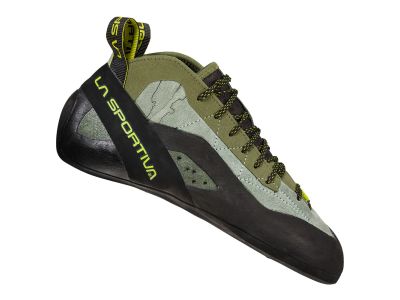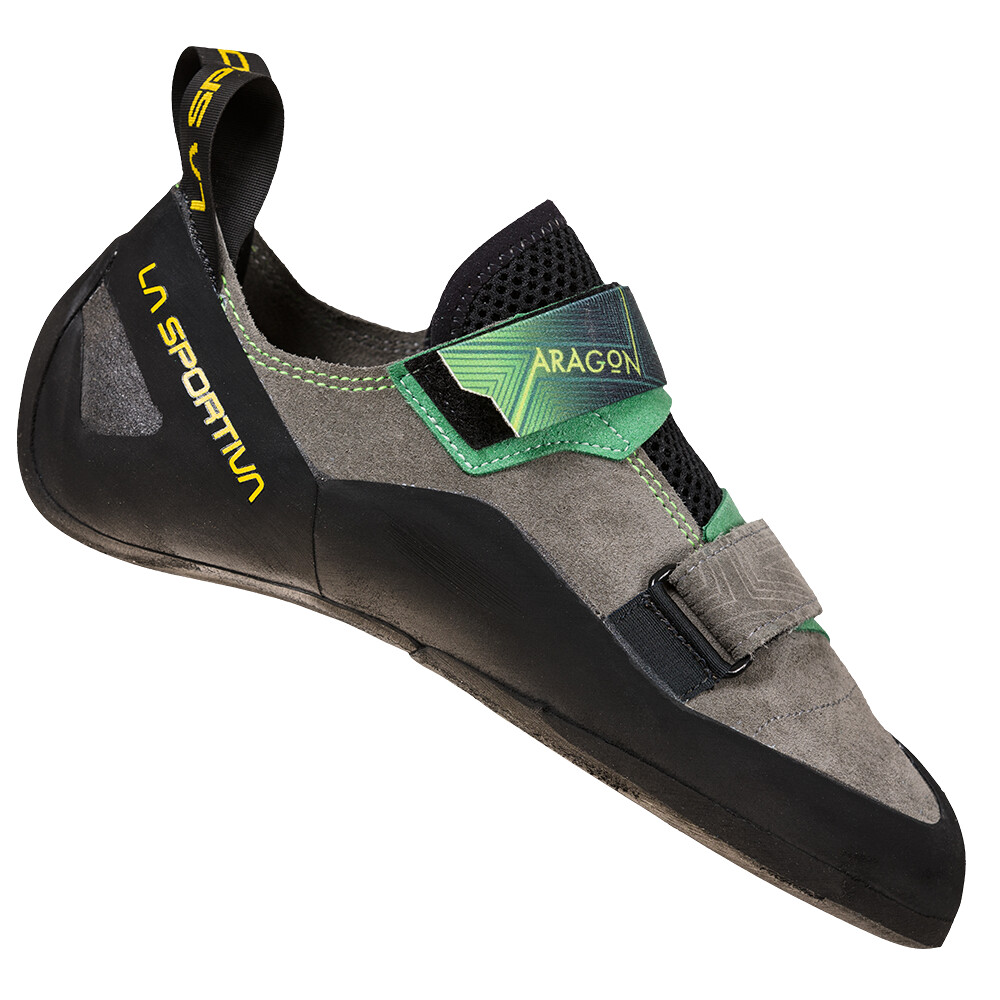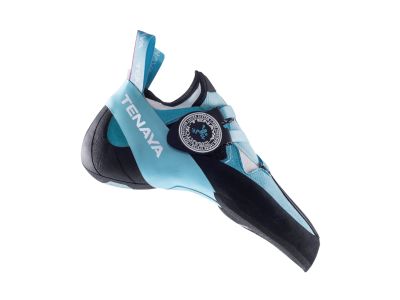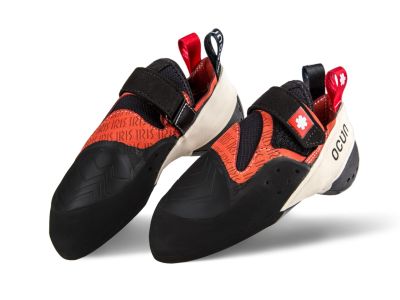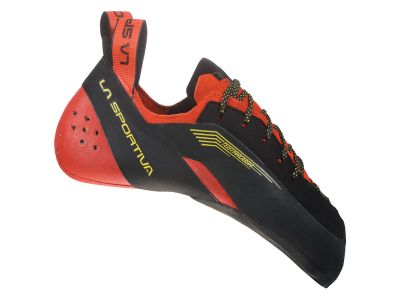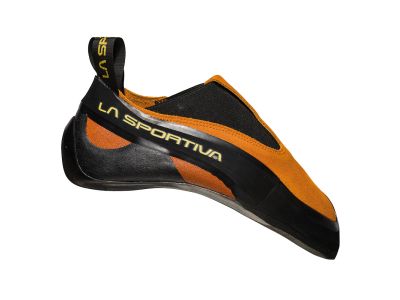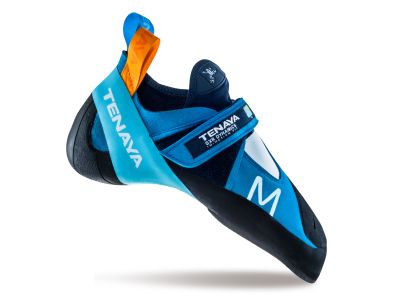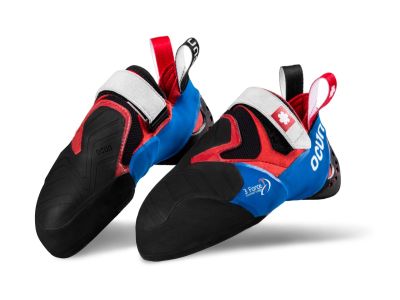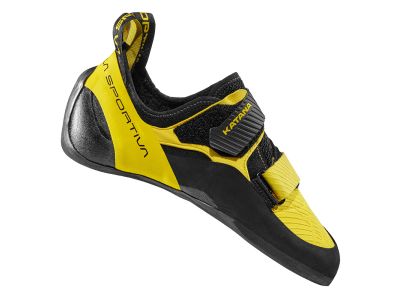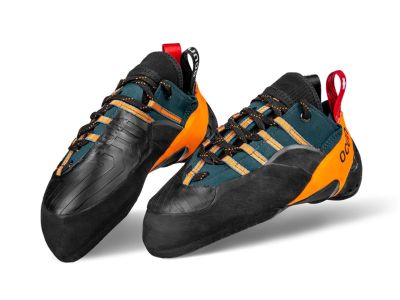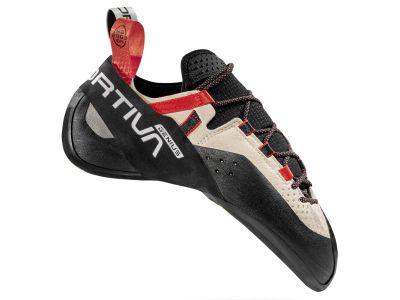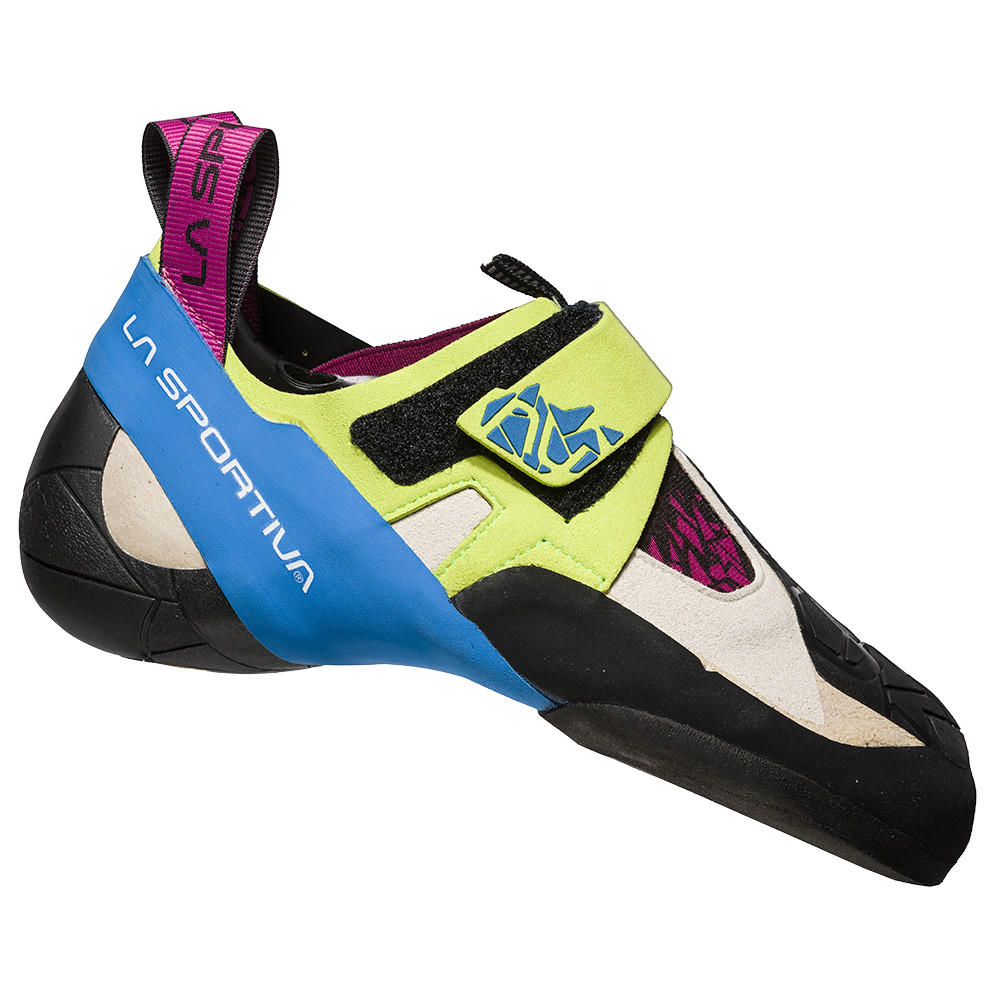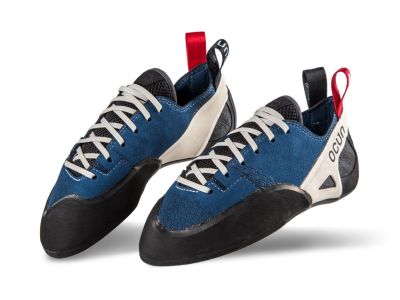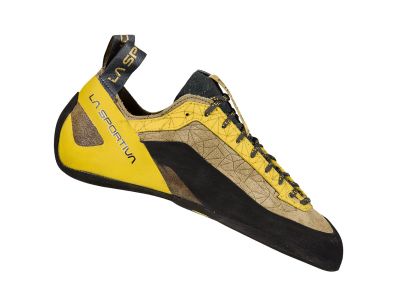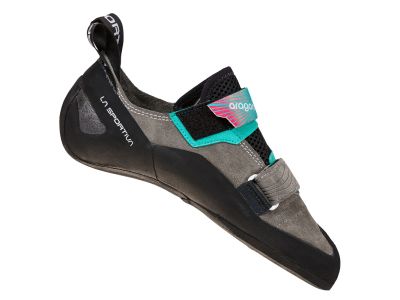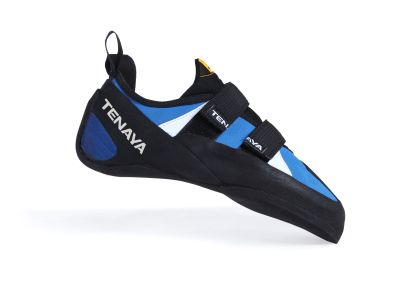Choosing the right climbing shoes is essential for increasing your climbing performance and comfort. Here are some key factors to consider when choosing climbing shoes. Consider the type of climbing you will be doing most often. Different types of climbing (bouldering, sport climbing, trad climbing) may require different styles of climbing shoes. Climbing shoes come in a variety of shapes, from flat to curved. Flat climbing shoes are more comfortable for longer routes and all-day climbing, while climbing shoes with a curved toe offer better performance on steeper terrain and bouldering. Consider the level of sensitivity you need in your climbing shoes. More sensitive shoes offer better feel and feedback on the rock, but at the expense of support.
What are the common types of climbing shoes?
There are several types of climbing shoes that suit different types of climbing and personal preferences:
- Neutral climbing shoes: Have a flat profile and are comfortable for all-day climbing. They are suitable for beginner climbers or for long multi-pitch routes.
- Aggressive climbing shoes: Have a curved shape that helps maximize precision and power on steep and overhanging climbs. They are ideal for bouldering and sport climbing.
- Universal climbing shoes: Strike a balance between neutral and aggressive footwear, offering a moderate amount of flex and stiffness. They are versatile and suitable for a variety of climbing types.
- Lace-up climbing shoes: Provide a better fit compared to non-lace-up shoes. Some climbers prefer them because they allow for a very precise fit.
- Climbing shoes with Velcro closure: Are easy to put on and take off, making them suitable for climbing on an artificial wall.
- High-performance climbing shoes: Designed for advanced climbers looking for maximum sensitivity and precision. They often have a very aggressive shape and a tight fit.
- Traditional climbing shoes: Specifically designed for traditional climbing and offer a balance between comfort and performance. They usually have a stiffer sole for edge and crack climbing.
How to choose suitable climbing shoes?
When choosing climbing shoes, it's important to consider several factors to ensure you choose the right pair for your needs and preferences. Here are some tips for choosing climbing shoes:
- Comfort: Climbing shoes should fit snugly, but not painfully tight. Your toes should be splayed out or slightly curled in the shoe, and there should be minimal wasted space. Keep in mind that climbing shoes will stretch slightly over time, so they should fit snugly from the start.
- Type of climbing: Consider the type of climbing you will be doing most frequently. Different types of climbing shoes are designed for specific purposes such as bouldering, sport climbing, trad climbing, or artificial wall climbing.
- Climbing shoe shape: Based on your climbing style and comfort level, determine whether you prefer a neutral or aggressive shoe shape. Aggressive shoes offer more precision and performance, while neutral shoes are more comfortable for long climbs.
- Closure system: Choose between lace-up, Velcro closure, or slip-on based on your preference for adjustability, comfort, and ease of use.
- Sole stiffness: Consider the stiffness of the sole of your climbing shoe. Stiff climbing shoes provide more support and are often preferred for climbing cracks and routes that require edging and standing on small holds. Soft climbing shoes are more flexible and are usually used for bouldering and steep overhangs, where sensitivity and precision are important.
- Material and construction: Pay attention to the material and construction of your climbing shoes. Leather shoes tend to stretch more than synthetic shoes. Consider lined and unlined options, which can affect fit and comfort.
By considering these factors and trying out different climbing shoes, you can find a pair that suits your climbing style, preferences, and comfort level.
What size climbing shoes should I get?
Climbing shoes are typically designed to fit snugly to provide better performance and precision. It is recommended to go 1 to 1.5 sizes down from your regular shoe size for a snug but comfortable fit. However, sizes can vary between brands and models, so it is best to try on different sizes to find the right fit.
How should I clean and maintain climbing shoes?
To maintain the performance and longevity of your climbing shoes, it is important to clean them regularly. After each use, wipe them with a damp cloth to remove dirt and sweat, and air them out to prevent odours. Do not expose them to extreme heat or direct sunlight, as this can damage the materials.
Can I use climbing shoes for different types of climbing?
While some climbing shoes are versatile and can be used for a variety of climbing styles, specific shoe designs are better suited to certain styles. It is recommended to have different pairs of climbing shoes for bouldering, sport climbing, trad climbing, or artificial wall climbing to optimize performance and comfort.
